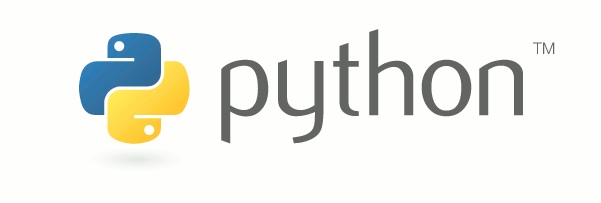How to setup Raspbian Stretch Lite on Raspberry Pi Zero W to run Python 3 applications
With Wi-Fi included, the Raspberry Pi Zero W is very useful for implementing embedded projects that require Internet connection.
Apart from using the Raspberry Pi Zero W for CCTV surveillance, we can run customized Python 3 applications on a Raspberry Pi Zero W for various use cases.
Pairing the official operating system for Raspberry Pi with Python 3, we will be able to get a versatile computer to do our bidding.
Anticipating the need to setup a version of Raspbian Lite on Raspberry Pi Zero W for future Python 3 projects, I created this post to document the steps of how to do so with Raspbian Stretch Lite.


Follow us